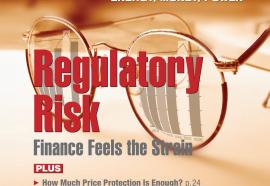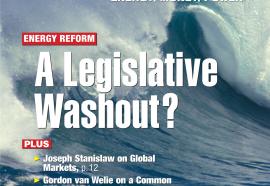No Generator Left Behind
A new theory on capacity markets and the missing money.
On Wednesday May 7, FERC will host a conference in Washington, D.C. that might prove extraordinary. The commission staff promises not only to review the forward capacity markets now operating in New England and PJM—each a story unto itself—but also to discuss a new rate-making theory that has come virtually out of nowhere and which proposes to help solve the notorious “missing money” problem.










